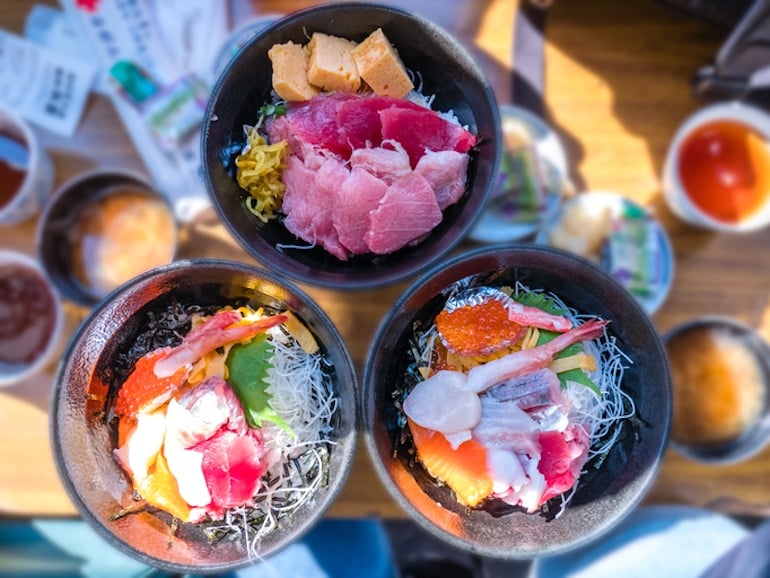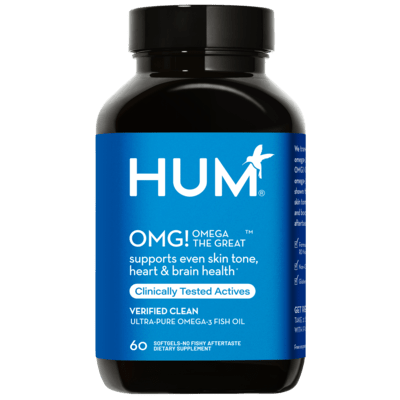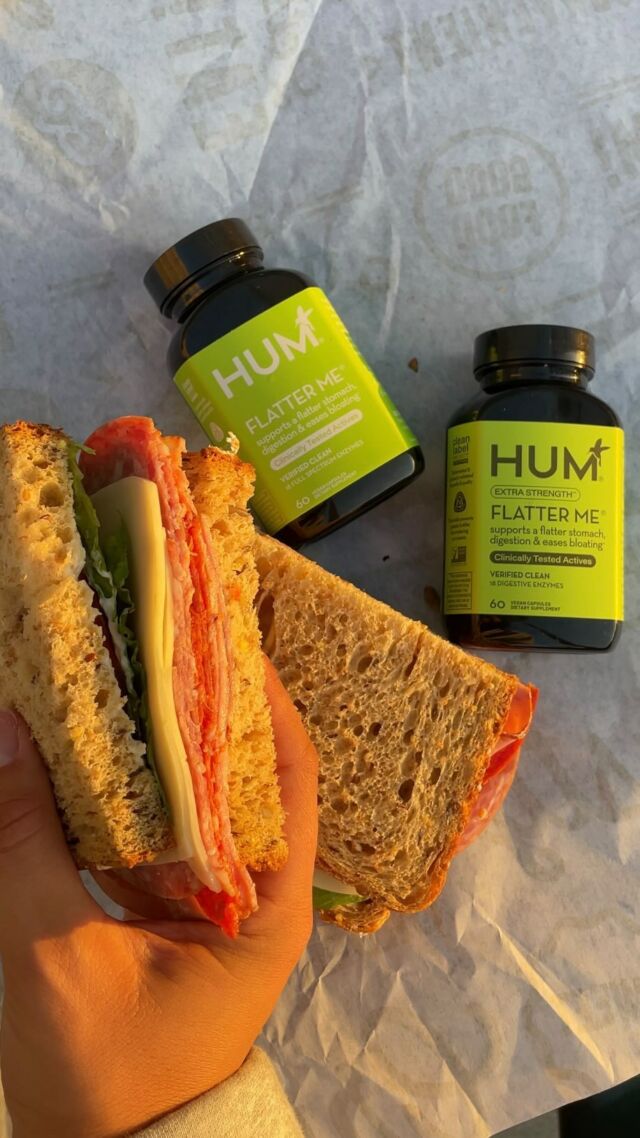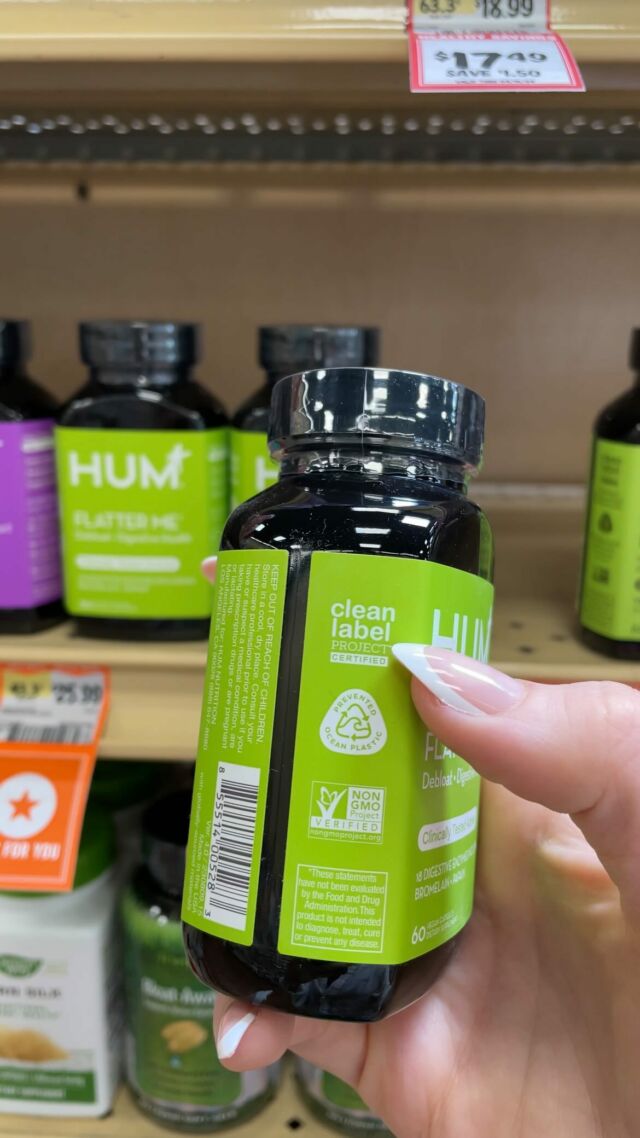THE WELLNEST • Food • Healthy Eating
How to Buy Sustainable Seafood with 5 Simple Tips
By Chelsey Amer, MS, RDN, CDN •
June 7, 2021
Medically Reviewed By
Gaby Vaca-Flores, RDN, CLE
Registered Dietitian Nutritionist
Chelsey Amer, MS, RDN, CDN, pens a sustainable seafood guide that looks after your own health, as well as that of our oceans and marine wildlife at large.
There are no two ways about it: Fish is one of the most nutrient-dense protein sources available.
While fish and shellfish pack a protein punch, many varieties also contain essential omega-3 fatty acids, vitamins, and minerals. However, modern fishing practices don’t always make it the most sustainable protein option.
Many fish are in danger of overfishing, which is the practice of catching too many fish and destroying natural ocean habitats in the process. You can simultaneously help protect our oceans and improve your health by making responsible decisions about the type of fish you buy and where you buy it.




A 5-Step Sustainable Seafood Guide
Here are five tips on how to buy sustainable seafood to boost your own health while protecting that of marine wildlife.1. Talk to the fishmonger behind the counter
Your fishmonger behind the counter is there to help you, so utilize this amazing resource! Oftentimes, they’ll know the most sustainable (and freshest) options available for purchase. Plus, it’s important to read the signs carefully. A lot of “fresh” fish are actually previously frozen, meaning you can’t refreeze them. You also must eat them quickly to prevent food waste. Unsure of what to ask? Consider some of these questions:- Do you have sustainable seafood options?
- What are the most sustainable fish options available today?
- When was the fish caught?
- How far did the fish travel to get here?
- Was this fish previously frozen?
2. Look for credible stamps of approval
These days, there are many organizations responsible for tracking sustainable seafood and vetting fisheries. Three popular organizations that prioritize seafood sustainability include: Each organization has a label that sustainable fisheries can apply for to conveniently show consumers that their fish is a more sustainable choice. When buying frozen seafood, it’s especially important to look for at least one of these stamps of approval to ensure you’re choosing a sustainable option.3. Consult the Monterey Bay Aquarium Seafood Watch
One of the best resources you can consult to ensure you’re buying sustainable seafood is the Monterey Bay Aquarium Seafood Watch. This organization categorizes fish into three groups: 1. “Best Choices” have the green light for you to buy and enjoy. Best Choices include fish like farmed Arctic char, scallops, and barramundi from the US. 2. “Good Alternatives” essentially means “you can buy this, but beware that the farming and fishing practices may not be the most sustainable.” Good Alternatives include most types of cod from the Atlantic and Pacific, wild clams, and domestic swordfish. 3. “Avoid” fish have a red light. Experts recommend that you say no to buying these seafood species, including orange roughy, foreign cod, shark, and wild Atlantic halibut. It’s important to note that different species can have different ratings based on their location, wild-caught versus farm-raised status, and more. The Monterey Bay Aquarium currently offers free guides for different geographic areas in the country, as well as a convenient sushi guide.
4. When in Doubt, Choose domestic Seafood
As opposed to foreign importers, domestic fisheries are tightly regulated. As a result, they’re often a more sustainable seafood option in contrast to foreign fish. If you don’t see any credible stamps of approval or can’t speak to your fishmonger, opting for domestic seafood is typically a smart option.5. Diversify your seafood choices
Experts say that most people buy the same types of seafood on repeat. The most popular types of seafood include the likes of:- salmon
- shrimp
- canned tuna
- tilapia
- where your fish comes from
- who caught it
- which methods are used

5 Types of Fish to Avoid
Now that you know how to buy sustainable seafood, you may also want to consider species of fish to avoid due to:- overfishing
- sustainability concerns
- heavy metal toxicity
Final Thoughts
Now that you know how to look out for and buy sustainable seafood, you also want to be mindful of the most nutritious options. When shopping for sustainable fish with the most nutrient bang for your buck, I recommend opting for smaller fish that are high in omega-3 fatty acids. Most Americans don’t eat enough of these essential fatty acids, so try to include more oysters, herring, sardines, and anchovies into your diet.More like this









